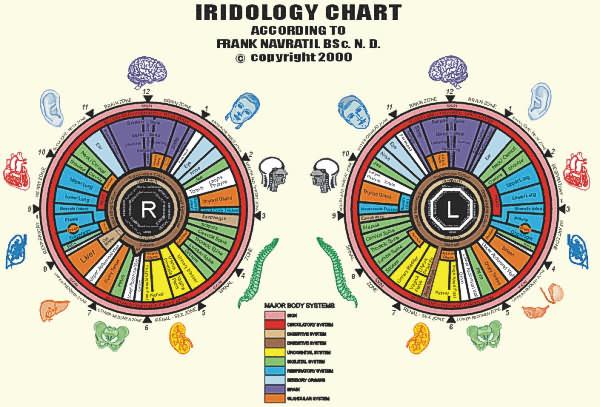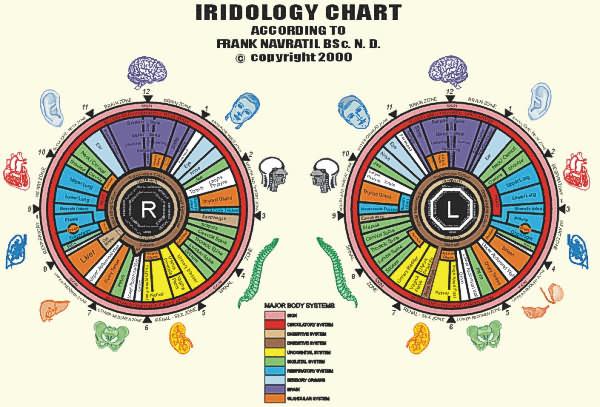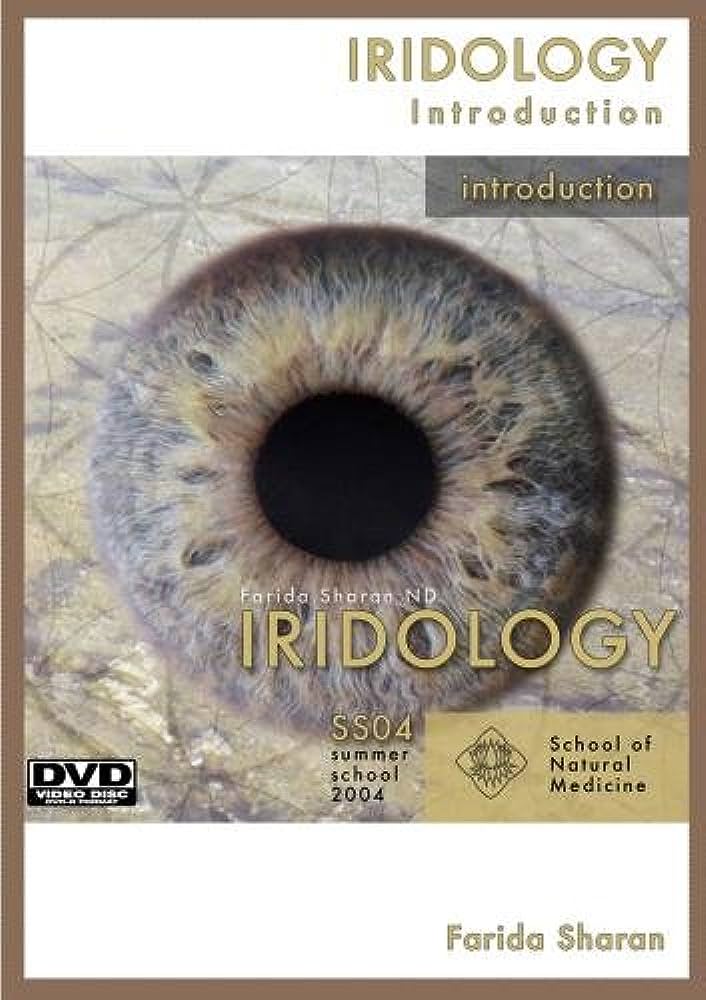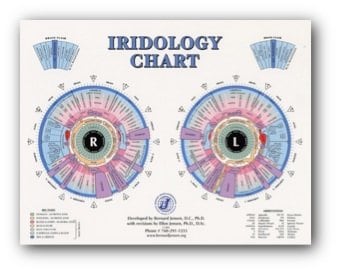Address
6050 N 9th Ave Suite D Pensacola FL 32504
Work Hours
Mon: 10am – 6pm
Tues: 10am – 6pm
Wed : 9am – 4pm
Thurs: 9am – 12pm
Fri - Sat- Sun: Closed
Address
6050 N 9th Ave Suite D Pensacola FL 32504
Work Hours
Mon: 10am – 6pm
Tues: 10am – 6pm
Wed : 9am – 4pm
Thurs: 9am – 12pm
Fri - Sat- Sun: Closed

Are you curious about the fascinating practice of iridology and its history? Look no further! In this article, we will explore the origins and background of iridology, an alternative health approach that utilizes the analysis of the iris to gain insights into a person’s overall well-being. If you have been searching for a holistic health expert to guide you on your wellness journey, look no further than Holly Gibson at Emerald Coast Holistic Health. With her extensive experience and passion for helping others, Holly is dedicated to providing you with personalized solutions for your health concerns. Journey with us as we delve into the intriguing world of iridology and its rich history.
Iridology is a holistic health practice that involves analyzing the iris of the eye to gain insight into a person’s overall health and well-being. According to iridologists, the markings and patterns in the iris can provide valuable information about the individual’s genetic predispositions, strengths, weaknesses, and current health conditions. This non-invasive and painless technique is used to support and complement other holistic healing modalities.
Iridology, although often associated with modern alternative medicine, actually has ancient roots. The practice can be traced back to the ancient Egyptian civilization, where healers used the eyes as a tool to diagnose and treat diseases. Wall paintings in ancient Egyptian tombs depict scenes of healers examining the eyes of patients, suggesting that the Egyptians recognized the connection between the eyes and the overall health of the body.
The Chinese also recognized the significance of the eyes in understanding health conditions. Traditional Chinese medicine practitioners believed that the eyes were a reflection of the internal organs and that analyzing the eyes could provide valuable information about the balance of Yin and Yang within the body. The concept of “five elements” was also applied to iridology, linking different iris markings to specific elements and organ systems in the body.
In ancient India, iridology was known as “Nadi Chikitsa” and was practiced alongside Ayurveda, the traditional Indian system of medicine. Nadi Chikitsa involved examining the iris to diagnose health conditions and imbalances in the body. It was believed that the eyes were a microcosm of the entire body, and by studying the iris, practitioners could gain insights into a person’s physical, emotional, and spiritual well-being.

This image is property of www.herbalclinic-swansea.co.uk.
The modern development of iridology can be credited to Ignatz von Peczely, a Hungarian physician. In the 19th century, von Peczely accidentally discovered the correlation between specific iris markings and the onset of disease. According to his story, as a child, he observed a white owl with a broken leg and noticed a dark mark in the owl’s eye where the leg was injured. As the owl’s leg healed, von Peczely observed that the dark mark in its eye also changed. This experience planted the seed for his subsequent research and development of iridology as a diagnostic tool.
Nils Liljequist, a Swedish chiropractor, further expanded upon von Peczely’s work in the 20th century. Liljequist introduced the concept of “reflex zones” in the iris, which corresponded to specific areas of the body. He developed detailed iris charts that mapped out these reflex zones, allowing for more accurate diagnosis and treatment. Liljequist’s contributions greatly influenced the practice of iridology and solidified its place as a valuable holistic healing modality.
Bernard Jensen, an American chiropractor and nutritionist, played a significant role in popularizing iridology in the United States. Jensen studied under Liljequist and further developed the iris chart system. He conducted extensive research and compiled a vast collection of iris photographs, which he used to educate others about the benefits of iridology. Jensen’s work helped establish iridology as a respected and recognized field within the alternative health community.
The iris is the colored part of the eye that surrounds the pupil. According to iridologists, it contains a wealth of information that can provide insights into a person’s physical and emotional well-being. The various colors, textures, markings, and patterns found in the iris are believed to correspond to specific organs, tissues, and body systems. By carefully examining these characteristics, iridologists can identify potential health issues and imbalances in the body.
Iridologists believe that there is a direct connection between the nerves in the body and the iris. They argue that the iris is composed of nerve fibers that are influenced by various stimuli, including changes in the body’s internal environment. According to this perspective, the nerves in the body transmit information to the iris, resulting in observable changes in its appearance. By interpreting these changes, iridologists can gain valuable insights into a person’s overall health status.

This image is property of Amazon.com.
Constitutional iridology focuses on analyzing the structural features and markings in the iris to understand an individual’s inherent strengths and weaknesses. This technique aims to identify the person’s constitution or genetic predisposition to certain health conditions. By identifying these predispositions, individuals can make informed lifestyle choices to maintain their well-being and prevent potential health problems.
Clinical iridology involves the assessment of specific iris signs and markings that indicate acute or chronic health conditions. Practitioners carefully examine the iris to identify signs of inflammation, congestion, toxicity, or other indicators of imbalance in the body. This information can help guide treatment plans and support the overall health of the individual.
Rayid iridology is a more recent addition to the field, developed by Denny Johnson. This technique combines elements of personality analysis with iridology. By studying specific iris patterns, iridologists can gain insight into a person’s innate personality traits, potential challenges, and opportunities for personal growth. Rayid iridology provides a holistic approach to understanding an individual’s physical, emotional, and spiritual well-being.
Sclerology is a technique that involves examining the whites of the eyes, specifically the sclera, to gain information about a person’s health. Just like the iris, the sclera is believed to reflect the condition of various organs and body systems. By observing the color, texture, and markings in the sclera, iridologists can assess an individual’s overall health and detect potential imbalances or chronic conditions.
Iridology is often utilized as a complementary modality in the field of holistic health. Holistic health practitioners believe in treating the whole person, addressing the physical, emotional, and spiritual aspects of an individual’s well-being. By incorporating iridology into their practice, holistic health practitioners can gain additional insights into their clients’ health conditions and develop personalized treatment plans that address the root causes of their health issues.
This image is property of imgv2-1-f.scribdassets.com.
Acupuncture is a traditional Chinese medicine practice that involves the insertion of thin needles into specific points on the body. This technique is believed to stimulate the flow of energy, or Qi, along meridians in the body, promoting balance and healing. Acupuncture and iridology are often used together to support diagnosis and treatment. The information obtained through iridology can help guide the acupuncturist in selecting appropriate acupuncture points for the individual’s specific health concerns.
Herbal medicine utilizes the healing properties of plants to promote health and well-being. Herbal remedies are selected based on their specific actions on the body, such as supporting digestion, reducing inflammation, or boosting the immune system. Iridologists often recommend specific herbal remedies based on the identified imbalances in the individual’s iris. By incorporating herbal medicine into a holistic treatment plan, individuals can address their health concerns on multiple levels.
Homeopathy is a system of medicine that uses highly diluted substances to stimulate the body’s natural healing abilities. Homeopathic remedies are selected based on the principle of “like cures like,” meaning that a substance that produces symptoms in a healthy person can be used to treat similar symptoms in a sick person. Iridology can provide valuable information about the individual’s constitution and specific health issues, which can help guide the selection of appropriate homeopathic remedies.
One of the primary benefits of iridology is its potential for early detection of health issues. By examining the iris, iridologists can identify signs and markings that may indicate the presence of a developing condition or an underlying imbalance. This early detection allows individuals to take proactive measures to address the issue before it progresses into a more serious health problem.
Iridology provides a unique opportunity for personalized treatment plans. By analyzing the individual’s iris, practitioners can identify the areas of the body that may require additional support or intervention. This information allows for targeted and customized treatment approaches, ensuring that the individual’s specific needs are addressed and that they receive the most effective therapies for their condition.
Iridology is not only useful for diagnosing existing health issues but also for promoting overall well-being and preventing future health problems. By understanding the strengths and weaknesses revealed in the iris, individuals can make informed choices about their lifestyle, nutrition, and self-care practices. This proactive approach to health can help individuals maintain optimal well-being and reduce the risk of developing chronic diseases.

This image is property of achs.edu.
One of the main criticisms of iridology is the lack of scientific evidence supporting its effectiveness as a diagnostic tool. While many anecdotal accounts and case studies have been published, there is a lack of rigorous scientific studies to validate the claims made by iridologists. Critics argue that the variations and markings in the iris are primarily determined by genetic factors and do not necessarily reflect specific health conditions.
Another point of controversy surrounding iridology is the skepticism surrounding iris analysis. Skeptics argue that the interpretations of iris markings are subjective and can vary widely among different practitioners. They suggest that the assessments made by iridologists are often based on personal beliefs and intuition rather than objective evidence. Skeptics caution individuals to approach iridology with a critical mindset and to seek additional medical advice when needed.
Iridology is a unique and fascinating holistic health practice with ancient origins. From the Egyptians to the Chinese and Indians, the eyes have long been recognized as a window to understanding overall health. The modern development of iridology by pioneers such as Ignatz von Peczely, Nils Liljequist, and Bernard Jensen has furthered the practice and allowed it to gain recognition in the alternative health community.
By analyzing the iris and its markings, iridologists can provide valuable insights into an individual’s genetic predispositions, current health conditions, and potential imbalances in the body. This information can help individuals take proactive steps towards maintaining their health and well-being.
While iridology is a complementary modality often used alongside other holistic healing practices, it does face criticism and controversy. The lack of scientific evidence supporting its effectiveness and the subjective nature of iris analysis are points of contention for skeptics.
In conclusion, iridology offers a unique perspective on health and can be a valuable tool in supporting overall well-being. Whether it is used for early detection, personalized treatments, or preventative care, iridology has the potential to contribute to a holistic approach to health and empower individuals to take control of their own well-being.